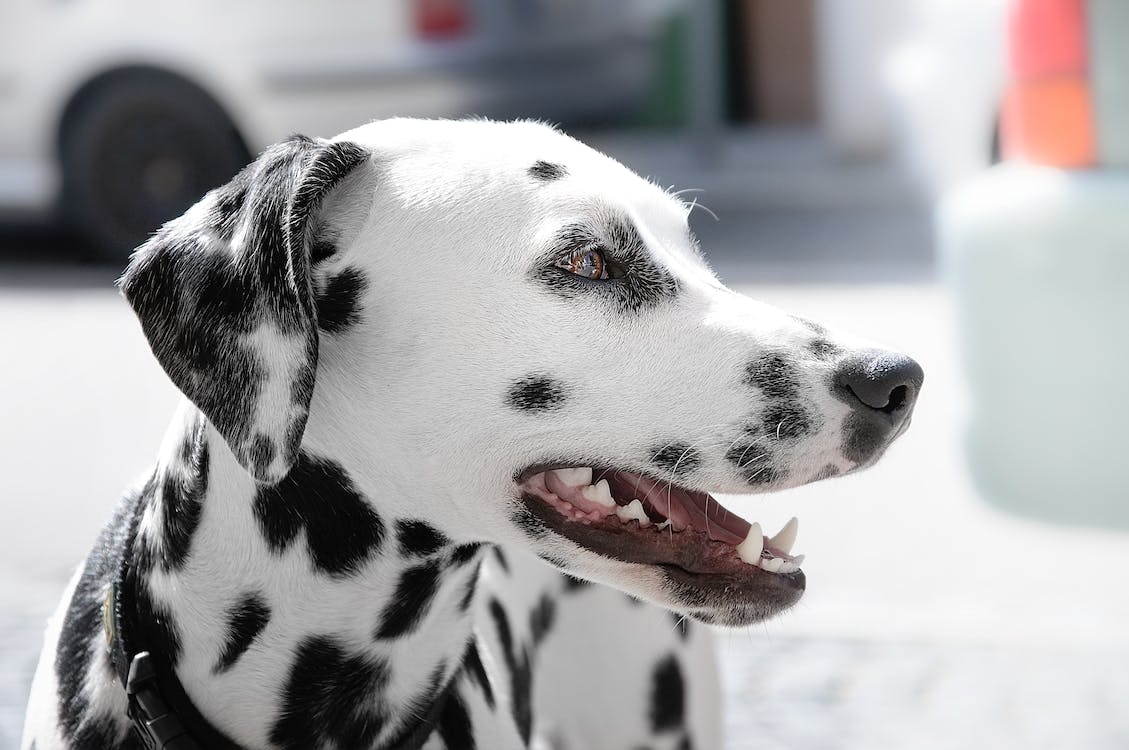That alarming “crack” when your dog is chewing a bone is enough to make any pet parent’s heart sink. Finding a broken piece of tooth or seeing a jagged new edge confirms the unfortunate truth – your pup chipped their pearly whites. While not a dire emergency, any damage to canine teeth warrants attentive action to prevent unnecessary pain, infection risks and expensive complications down the road.
Assess Severity of the Tooth Fracture
Not all chips and cracks are equal when it comes to treatment urgency. Look inside your dog’s mouth and identify these classes of tooth fractures:
Enamel fractures – Surface-level cracks through outer enamel layer only
Uncomplicated crown fractures – Chipped layers involving enamel + inner dentin but with pulp still protected
Complicated crown fractures – Broken chunks extending into nerve-rich pulp inside tooth
Complicated crown fractures with pulp exposure require urgent vet dental care to avoid abscesses and save injured teeth. Less severe cases may just need monitoring, medication or eventual repair.

Check for Additional Oral Injuries
Carefully run fingers over your dog’s muzzle, inspect inner cheeks, gums, tongue and lips for cuts or punctures suggesting more extensive damage beyond the obvious cracked tooth. Dogs sometimes bite themselves during traumatic fractures too. Bleeding, missing teeth, abnormal swelling or extensive soft tissue injury needs immediate emergency veterinary attention.
Rule Out Dislodged Teeth
Ensure no underlying baby teeth fragmented or adult teeth got partially knocked from their sockets, as this allows infection ingress under gums. Visually verify nothing got embedded in the roof of their mouth either. Displaced, dying or dead teeth must get extracted right away.
Implement a Soft Food Diet
Feed softened kibble soaked in warm water or plain boneless boiled chicken and rice initially to let injured teeth rest while awaiting your vet visit. This allows eating without putting pressure on fresh fracture lines. Stick to wet foods several days post treatment too until healed.
Administer Pain Medication
Whether over-the-counter or prescribed by your veterinarian, give safe doses of dog-approved pain relievers like buffered aspirin to ease discomfort from damaged nerves. This helps them feel more comfortable eating and behaving normally.
See Your Vet Promptly
While most minor tooth chips may only require periodic monitoring, veterinary assessment within 24 hours determines next steps like nerve protectants, antibiotics, extraction, root canal therapy or restoration procedures to best preserve function and prevent worsening infection. Addressing chipped dog teeth early often saves more invasive interventions later.
Don’t let a cracked canine tooth go untreated – dental health significantly impacts overall health. Prioritize prompt veterinary care, provide diet adjustments allowing comfortable eating, administer medication alleviating pain and stick to recovery guidelines. With some attentive TLC, your dog will soon be grinning good as new!

Frequently Asked Questions
What typically causes dogs to chip teeth?
Chewing hard objects like bones, rocks or sticks, falling mouth-first onto concrete, accidents involving doors or fences, and tussles with other animals often lead to fractured teeth in dogs.
How can I tell if my dog’s chipped tooth hurts?
Signs of oral pain include reduced appetite, dropping food, lethargy, pawing at the muzzle, increased aggression or crying out when chewing. Dogs also sometimes chew predominantly on one side if a tooth on the other side got damaged.
Should mildly chipped teeth get capped or repaired?
It depends on severity. Superficial enamel fractures may only require smoothing sharp edges for comfort. Deeper involvement warrants reinforcements like dental sealants, crowns or fillings to prevent future infection or loss of damaged teeth.
Don’t brush off broken dog teeth as just cosmetic. Take chipped canines seriously through prompt assessment and tailored treatment to maintain healthy smiles.


